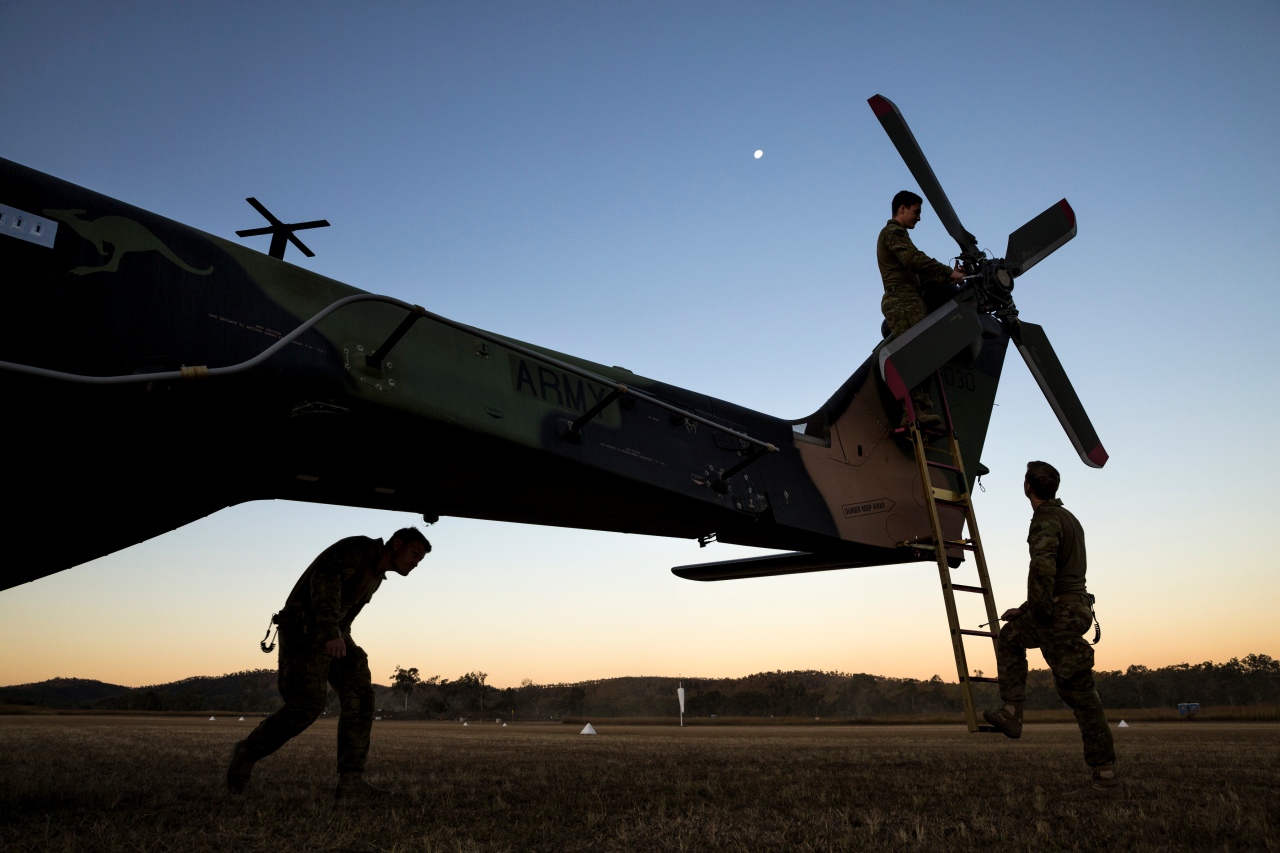By David Beaumont.
Two decades ago, as Western militaries confronted a new strategic paradigm with declarations that a ‘revolution in military affairs’ was underway, the US Army Chief of Staff General Reimers declared:
‘There will not be a revolution in military affairs unless there is a revolution in military logistics’ (1996)
This view, since paraphrased or made contemporary by Reimer’s successors and many others, reflects a truism in military transformation. If militaries are neglectful of the logistics process, or fail to adequately invest or adapt their logistics capabilities, they are likely to fail in their preparations for war. This is because logistics is vital in establishing the potential of a force, but also ultimately contributes the means by which firepower and shock is delivered to critical places at the right time to meet strategic and tactical objectives.[1]
I was fortunate to be invited to present on the Australian Army’s approach to logistics transformation and development at a recent Australian Army Research Centre (AARC) Seminar. The paper ‘Transforming Australian Army Logistics to support the Joint Land Force’ provides a history of logistics transformation, and describes several imperatives that will influence how the joint land force might be sustained in the future. This paper, however, could not cover all concerns. The AARC seminar introduces a fifth imperative to the discussion, the cost of logistics – sustainment – must be reduced, so that logistics resources can be redirected to other areas that require attention and repair.
Transformation occurs every day in Army through many overt and unseen efforts. In recently issued Commander’s Statement titled ‘An Army in Motion’, the Chief of Army, Lieutenant General Burr writes that Army must ‘be ready now, while concurrently becoming future ready’ and that Army must also ‘transform’ to capture future opportunities. It will be important that logisticians articulate what problems need resolving, aggregate the efforts being undertaken under a binding narrative, and devote effort to this objective. However, if we are serious about transformation – and we should be – the effort must be shared by all in Army with organisational and operational reforms pursued.
The AARC Seminar, Realising the sustainable joint land force, concludes with a proposed strategy for the transformation of Army logistics. I believe that the question to be answered is ‘how does the joint land force improve its logistics capability and capacity at a lower cost?’ Pursuing this question on overall productivity is not about seeing logistics efficiencies as a ‘bill payer’; when we have done so in the past we have found savings tend to be less than anticipated, and that there are always unintended operational consequences of change. Instead, we should seek efficiencies to enable the redirection of our efforts to areas that need reinforcement or as described above, repair.
The three core outcomes of my proposed strategy are to ‘reduce the footprint’, ‘improve logistics readiness’ and to ‘reduce the cost of logistics’. I outline these areas of effort in the Seminar. While a strategy to proceed with change is advocated to unify effort and prepare Army for the transformative influences of technology and other factors, it is also important that we increasingly accept change is a positive influence and adapt organisational culture as a consequence.
A video recording of the Seminar can be found here.
The slide deck with full details of the proposed strategy can be found here or on request.
David Beaumont is a serving Australian Army officer. The thoughts here are his own.
[1] Huston, James A., Sinews of War: Army Logistics, 1775-1953, University Press of the Pacific, USA, 2004, 2nd edition, p 655

How can other stakeholders like CASG and industry be able to assist Army and the rest of the ADF in this transformation? Do we need to gather all relevant stakeholders into a room to nut out such a logistics transformation strategy in a working group or logistics steering group? How do we transform our workforce, particularly the younger workforce who are adaptable and willing to change, in adjusting to emerging technologies that could be game changers in logistics such as big data, machine learning and artificial intelligence?
LikeLike
You lose some very good questions to start with. I believe the first step is to get the question right – what is the purpose of what you are doing? I think wide consultation up front is the next step to get innovation and buy-in. The opportunity to do more is worth it!
LikeLike